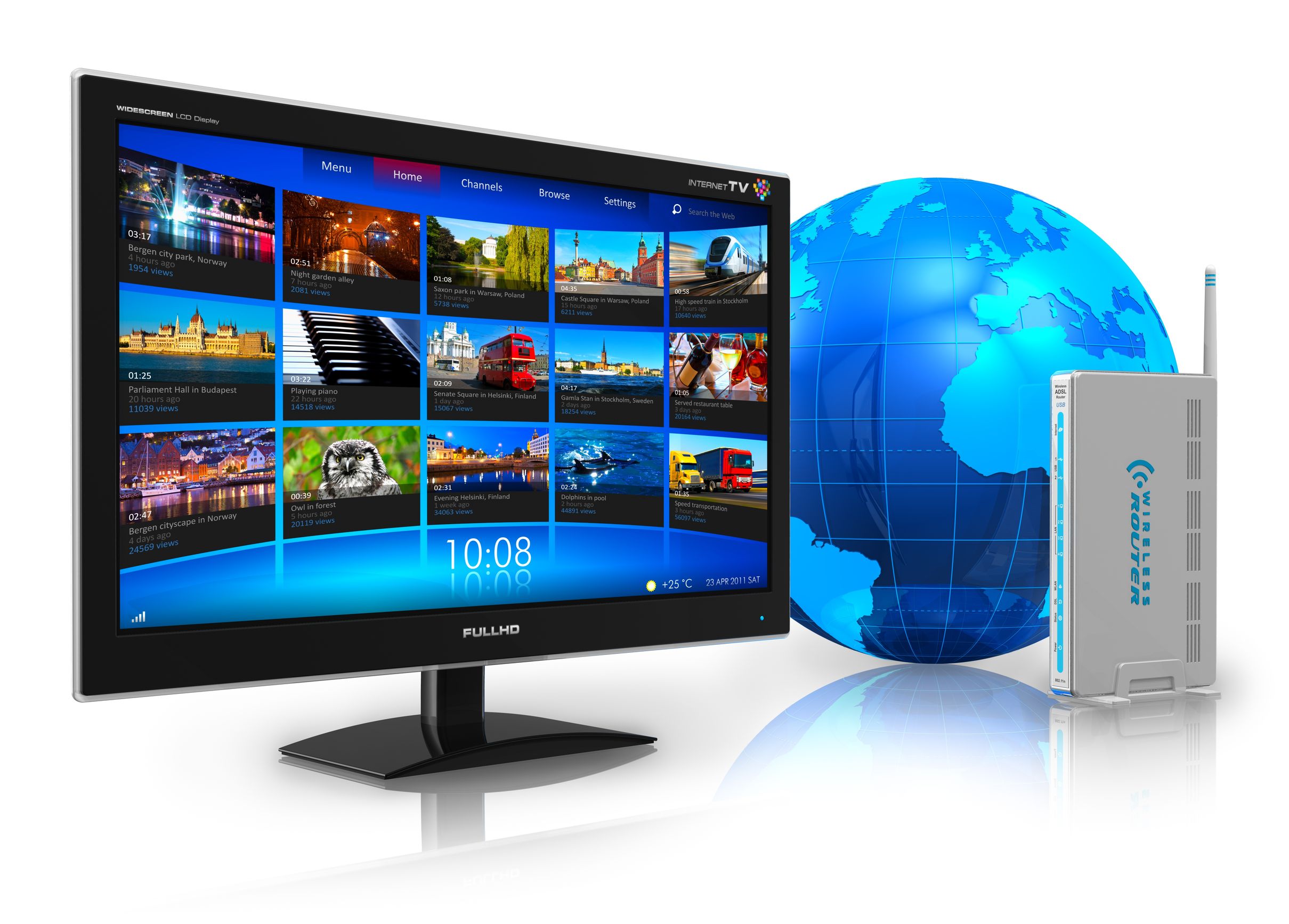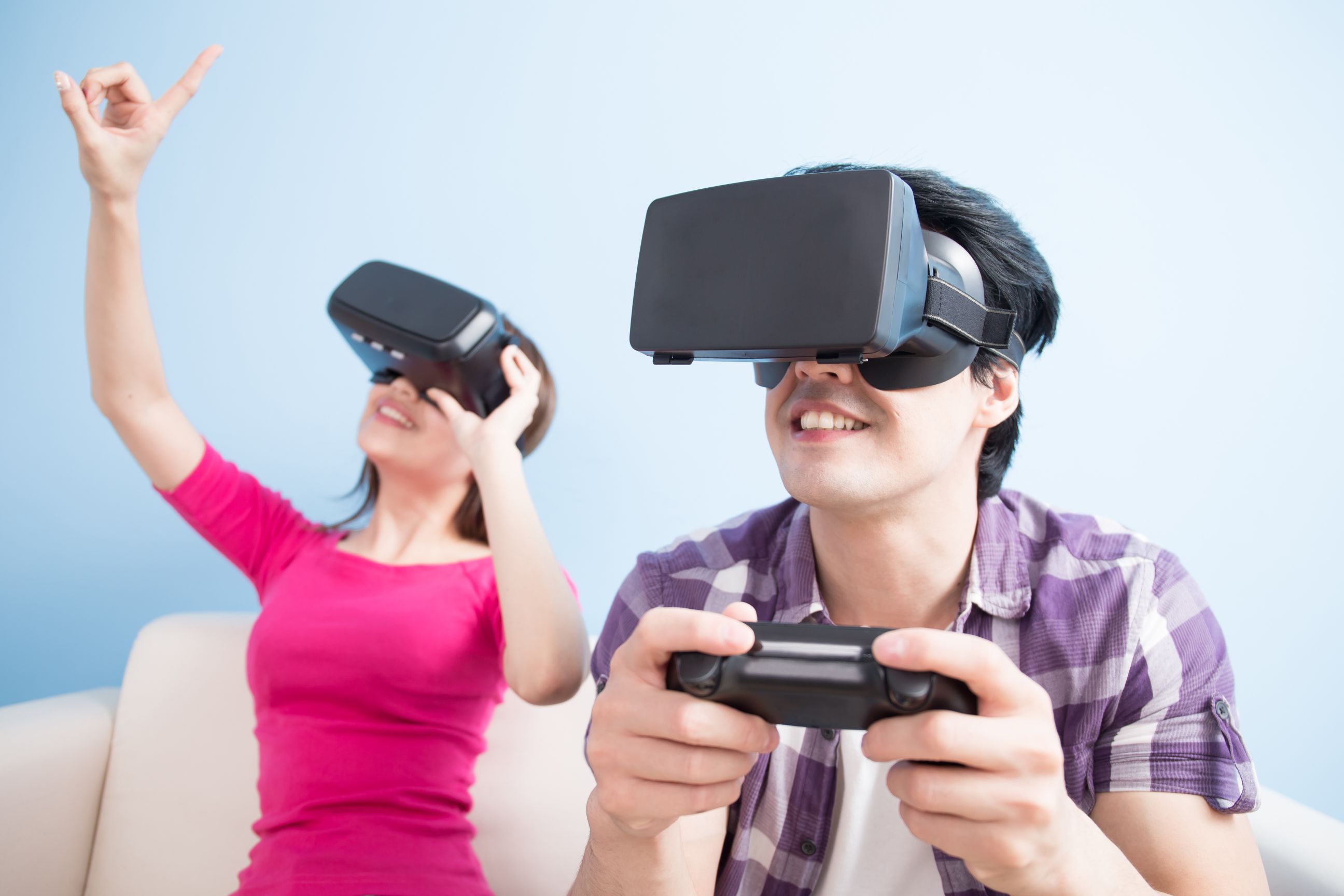Once thought to be elements of futuristic tales, Augmented Reality (AR) and Virtual Reality (VR) have broken past their early confines. These technological wonders, deeply ingrained in modern innovation, are transforming a variety of sectors, ranging from gaming and entertainment to healthcare and academia.
A Glimpse into AR and VR
At its core, AR enhances our current perception of the world. Think of those engaging mobile games where digital creatures pop up in real-world surroundings. Conversely, VR immerses users into a completely fabricated environment. Ever worn a headset and felt transported to a distant planet? That’s VR in action.
Addressing the Many Queries
One frequent question: “How do these technologies differ?” Though AR adds digital elements to a live view, VR means a complete immersion experience where users are isolated from the real world. They are two sides of the same coin, offering unique experiences.
Another question arises on utility: “Beyond games, what?” The applications are vast. AR helps in visualizing architectural projects in real environments, while VR offers a risk-free space for medical training. Museums now use AR for interactive exhibits, and companies employ VR for employee training.
Offering More Than Meets the Eye
In terms of capabilities, both technologies have grown substantially. From simplistic polygon models in the late 20th century, today’s AR and VR graphics rival reality. Additionally, as equipment becomes more affordable, more people gain access to these transformative experiences.
However, for businesses considering venturing into this domain, it’s essential to understand that creating these applications isn’t straightforward. Complex algorithms, spatial understanding, and intense graphical rendering are a few challenges faced by developers. These applications require precision and expertise, demanding a deep knowledge of both software and hardware components.
The AR VR app development arena, hence, stands as a testament to the fusion of art and science. This process requires meticulous design, advanced coding skills, and an inherent understanding of user experience. While many attempt to master this craft, only a few truly succeed.
Prospects for the Future
As with any technology, the future holds immense promise. Predictions suggest that the coming decade will witness a surge in AR and VR use across sectors. Educational institutions might make VR trips a staple, transporting students to historical events. Similarly, AR could find its way into daily tasks, simplifying complex chores with overlays of helpful information.
But what’s even more exciting? The confluence of AR and VR. Some experts believe that a new realm, Mixed Reality (MR), will soon dominate. By merging the best of both worlds, MR could offer experiences previously deemed impossible.
Conclusion
In the vast expanse of technological evolution, AR and VR apps hold a special place. They challenge our very understanding of reality and offer glimpses into worlds we once only dreamt of. For businesses like Imajine, the potential is boundless. As pioneers in this domain, they stand at the precipice of the future, ready to shape experiences that might just redefine our perception of the possible.








